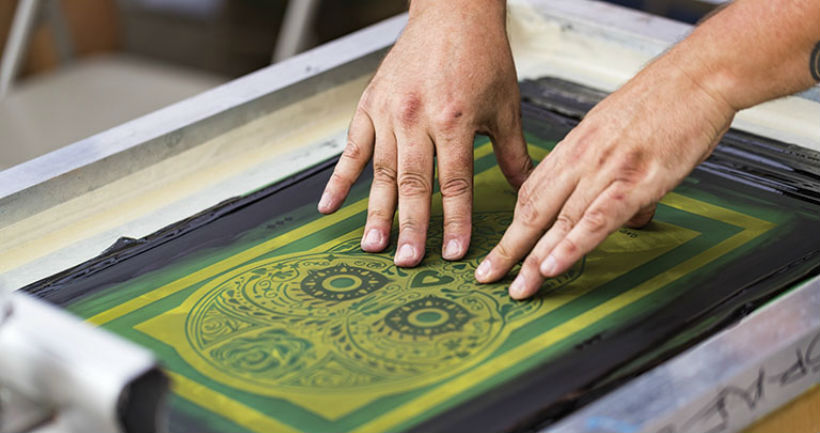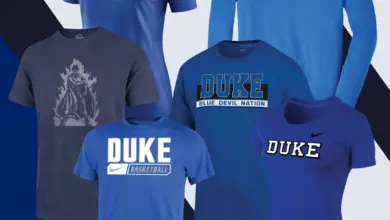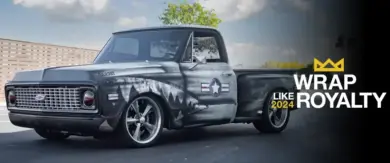
When thinking about some of the BIG questions in screen printing, there are too many to count and answer, but these are some of the more recent ones customers or peers have asked me.
How many washes should a properly cured shirt last?
A hardly worn shirt versus a frequently worn shirt will always have different longevity on time. However, a shirt that is properly taken care of and correctly washed should stay in excellent condition for at least 50 wash cycles.
Do I need special inks for simulated process printing?
This question is one that I get all the time from shops. They see packages on the internet that have the words “sim process inks” on them. Those are great but can be a bit misleading. Simulated process printing, or SIM for short, uses standard opaque inks to simulate process inks. Those packages include defaulted colors that mimic the separation process of the inks. In all actuality, you can and should adjust those colors to fit the image you are working with, and then you can use that Pantone color of your choice and mix your own or order it. I do recommend using a thinner or curable reducer on the inks to help them flow appropriately through the desired mesh counts.
How much printing should I be outputting to upgrade into an automatic press?
To find this number out, you need to look at multiple variables. I will run through an example to demonstrate: A small shop owner runs a manual press 20 hours a week and focuses on prepress, reclaiming, and sales for the remaining 20 hours.
Here is what an average week of printing looks like for him:
Manual Printing:
- Jobs: 10
- Screens: 30
- Shirt total: 1000
- Time: 20 hours (includes 15 minutes setup per screen, and an average per hour rate)
On average, he is making about $3 profit per shirt. So, he is averaging $3,000 per week in profit.
Here is what that same production schedule can and should look like if running an automatic screen printing press.
Auto Printing:
- Jobs: 10
- Screens: 30
- Shirt total: 1000
- Time: 11.5 hours (includes 15 minutes setup per screen, and a 250 shirts per hour rate. I would double that rate if adding a puller to the press, but, as an example, we’re running as a single operator for numbers)
What this shows you is that you can cut your production time almost in half for even a shop running those lower amounts. These numbers are even more apparent when dealing with shops with higher overhead. Think about what your time would look like if you are the small shop owner running your shop and you now opened up 10 more hours of work a week. Not only that, but you are also much more consistent with your print quality, it’s easier on the body, and you can offer higher production rates and numbers for your customers. This updated workflow means you can easily make more money and focus your time on getting more sales!
Push or pull?
It’s a very controversial topic. People get heated and exclaim that they are right and that others are doing it wrong. Well, I will start by saying this: If your prints look good, and your customers are happy, then however you are printing is just fine.
However, I do have my personal opinion on this, and that is that you want to mimic what an automatic press is doing, and that is always pulling. By pulling the squeegee, you have much better isometric muscle control, which allows for a smoother pull. Also, and more importantly, you are utilizing the squeegee durometer, which is adjustable by just switching to another durometer.
When you are pushing, that squeegee durometer is not an active variable any longer, as you are just pushing the ink through without the rubber bending at all. I would recommend training new employees with the pull method and then allowing them to teach themselves the push method once they are competent printers. For shops that say its easier on the body to push, yes it is. However, if you are running such high numbers on your manual presses that your operators are looking to save their bodies, maybe it’s time to look at getting an auto.
How many coats of emulsion are needed for a proper coating?
I hear different coating methods all over the place all of the time. People aren’t always sure of the reason behind their practices, but they seem to be very sure they are doing it good enough. Often they are, but when you have multiple people in your shop coating screens, how do you know you have consistent EOM (emulsion over mesh)? Are you using a gauge to measure how many microns the coating is? Chances are no. So, how do you know when someone’s coat is similar to someone else’s when manually coating screens?
Well, here is a simple way to check. This method is based on many years of printing and working with emulsion manufacturers to find best practices.
- Coat the T-shirt-facing side with one coat. (Recommendation: use the rounded edge of the coater)
- Lift the screen at an angle and look at the inside or squeegee-side in the safelight. If the screen has a matte finish, that means the fibers are not fully coated. Do another face coat on the T-shirt side. If the inside has a glossy finish, the opposite side is ready to be coated.
- Coat the squeegee side once to push the emulsions back toward the T-shirt side where you want it.
- Dry your screens in a clean environment with the T-shirt-facing side down.




